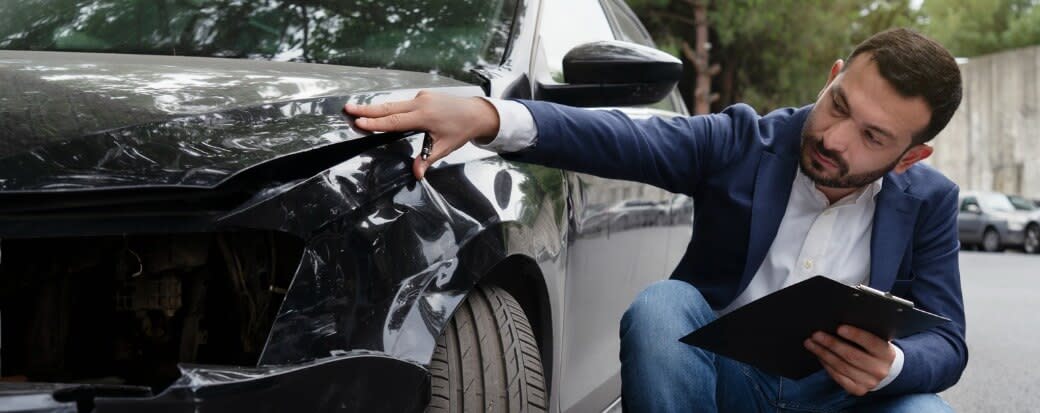Guide to Loans for Car Repairs

Share this article:
Editor’s note: Lantern by SoFi seeks to provide content that is objective, independent, and accurate. Writers are separate from our business operation and do not receive direct compensation from advertisers or network providers. Read more about our Editorial Guidelines and How We Make Money.
Why Get a Personal Loan for Car Repair?
Fast funding Money given in a lump sum Usually requires no collateral
Fast Funding
The Money Is a Lump Sum
Usually Requires No Collateral
Personal Loans vs. Mechanic Financing
How to Get a Personal Loan for a Car Repair in 4 Steps
Good credit scores: In general, lenders offer better interest rates when an applicant has a higher credit score because this indicates that they can be responsible with debt management, which makes them less of a risk for the lender. Proof of income and employment: Financial institutions also typically want to verify that you have steady income and that it will be adequate to pay your debts, including the personal loan for car repairs. Debt-to-income ratio (DTI) that fits within their guidelines: Debt-to-income compares your gross monthly income (pre-tax) to monthly debt payments, with lower DTIs preferable to higher ones. To calculate yours, divide your total monthly debt payments by your monthly income. That percentage is your DTI ratio.
1. Research and Compare Lenders
2. Select the Loan Option You Like Most
3. Complete the Application
4. Get the Money
Alternatives to Getting a Personal Loan for a Car Repair
Payday loans Credit cards Auto equity loan
Payday Loans
Credit Cards
Auto Equity Loan
The Takeaway
Frequently Asked Questions
Photo credit: iStock/sefa ozel
LNTPL-Q225-008
About the Author
Kelly Boyer Sagert is an Emmy Award-nominated writer with decades of professional writing experience. As she was getting her writing career off the ground, she spent several years working at a savings and loan institution, working in the following departments: savings, loans, IRAs, and auditing. She has published thousands of pieces online and in print.
Share this article: